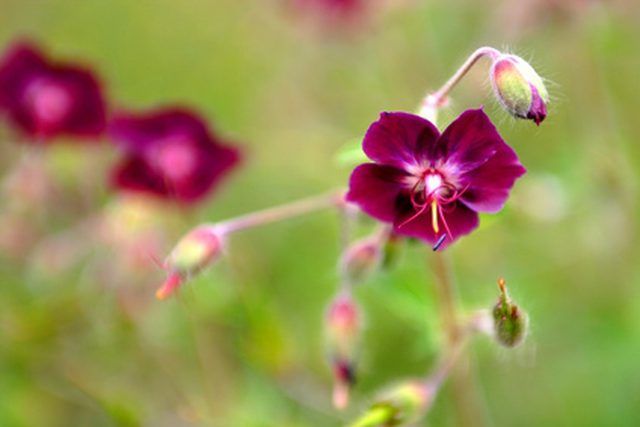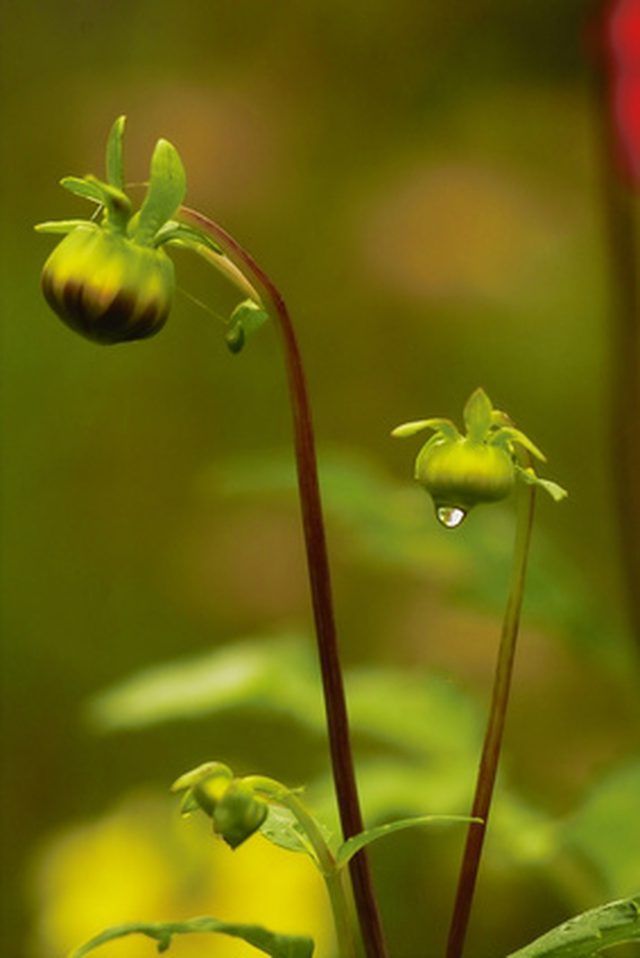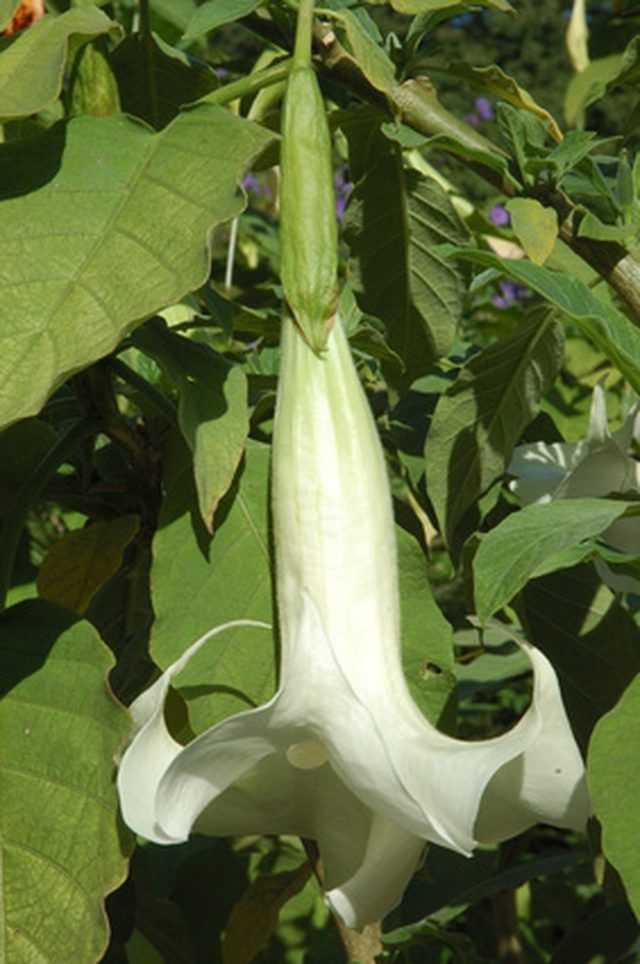Bulbs
Flower Basics
Flower Beds & Specialty Gardens
Flower Garden
Garden Furniture
Garden Gnomes
Garden Seeds
Garden Sheds
Garden Statues
Garden Tools & Supplies
Gardening Basics
Green & Organic
Groundcovers & Vines
Growing Annuals
Growing Basil
Growing Beans
Growing Berries
Growing Blueberries
Growing Cactus
Growing Corn
Growing Cotton
Growing Edibles
Growing Flowers
Growing Garlic
Growing Grapes
Growing Grass
Growing Herbs
Growing Jasmine
Growing Mint
Growing Mushrooms
Orchids
Growing Peanuts
Growing Perennials
Growing Plants
Growing Rosemary
Growing Roses
Growing Strawberries
Growing Sunflowers
Growing Thyme
Growing Tomatoes
Growing Tulips
Growing Vegetables
Herb Basics
Herb Garden
Indoor Growing
Landscaping Basics
Landscaping Patios
Landscaping Plants
Landscaping Shrubs
Landscaping Trees
Landscaping Walks & Pathways
Lawn Basics
Lawn Maintenance
Lawn Mowers
Lawn Ornaments
Lawn Planting
Lawn Tools
Outdoor Growing
Overall Landscape Planning
Pests, Weeds & Problems
Plant Basics
Rock Garden
Rose Garden
Shrubs
Soil
Specialty Gardens
Trees
Vegetable Garden
Yard Maintenance
What Is the Calyx of the Flower?
What Is the Calyx of the Flower?. Flowers are beautiful to see and smell. Nature created them that way because their purpose is to reproduce. Flowers attract insects and pollen-carrying animals, such as birds, to the plant to aid in spreading its pollen. Each part of the flower has some purpose in helping the plant reproduce itself--or in...

Flowers are beautiful to see and smell. Nature created them that way because their purpose is to reproduce. Flowers attract insects and pollen-carrying animals, such as birds, to the plant to aid in spreading its pollen. Each part of the flower has some purpose in helping the plant reproduce itself--or in protecting the flower until it's fully developed and able to reproduce.
The Calyx
Sepals are green, leaf-like structures that form a sort of whorl and enclose a developing flower bud. The calyx is made up of all the sepals together. Sometimes, sepal colors can be other than green, and match the color of the flower's petals or even be clear, but they are usually green.

Significance
The calyx protects the flower before it opens and, after the flower's blossoming, can be seen at its base. Together, the flower's petals (or "corolla") and the calyx make up the perianth--the portion of the flower that does not directly assist in reproduction. A flower makes the plant's seeds. The main parts for this job are a flower's carpels and stamens. A flower can be considered to be both male and female.The stamens are the male part of the flower and the carpels are the female part. The carpel contain egg cells and the stamen holds pollen. Carpels and stamens are usually found in a flower's center.
Considerations
It can sometimes be difficult to tell a calyx from a flower's leaves. In fact, a flower's sepals and petals can be considered modified leaves because they develop from the same type of cell tissue that the plant's leaves develop from. A calyx can do several things once a flower has bloomed--it withers, changes color, sheds or falls off when the flower falls.

Tepals and Fused Sepals
In some species, like lilies, the petals themselves form the calyx during the flower's early development and are called tepals. Sometimes, environmental conditions, such as harsh weather or parasites, can cause sepals to totally fuse together. In those cases, the flower will burst out of the calyx, giving the calyx an uneven or asymmetrical appearance.
Medicinal Value
The calyx can sometimes be used for its medicinal values. The calyx of the Hibiscus, for example, is used in making a tea to help reduce cholesterol and hypertension. According to the "Natural Medicine Journal," "Extracts of the sepal contain significant amounts of vitamin C, anthocyanins and polyphenols, as well as the highest concentration of water-soluble antioxidants. Traditionally, it has been used in folk medicine for several health issues, including high blood pressure, liver diseases, loss of appetite, circulation, and as a gentle laxative and diuretic."